Gardening in extremely cold climates like Zone 1 can be quite challenging, but it is definitely possible with the right techniques and plant selection.
With temperatures that routinely dip well below freezing, you need to be prepared to take extra measures to protect your plants and provide them with the best possible conditions for growth.
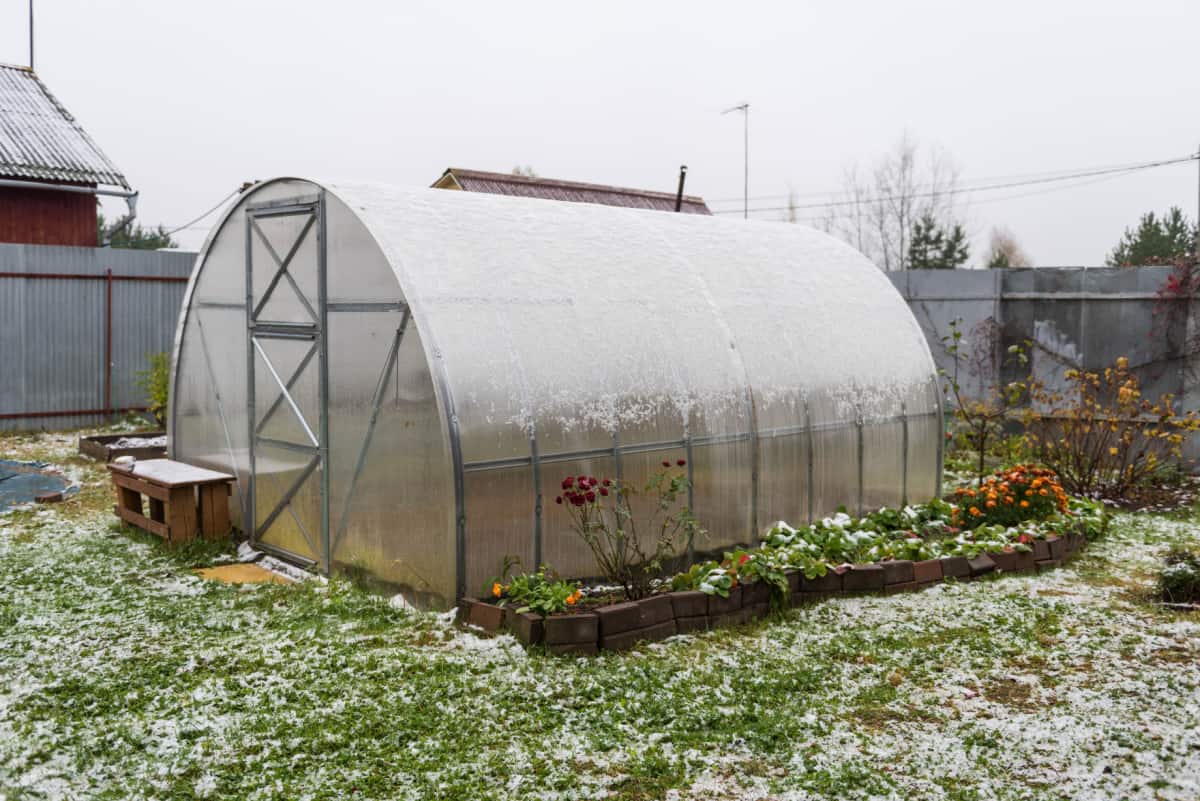
By understanding the specific needs of plants in such harsh climates, you can create a thriving garden that is both productive and visually stunning.
In Zone 1, it's crucial to carefully choose plants that are hardy enough to survive in sub-zero temperatures.
This may include selecting varieties specifically bred for cold climates as well as utilizing native plants that have evolved to withstand the local conditions.
Additionally, you'll need to employ cold-proofing strategies—like using mulch and proper coverings—to keep your garden healthy when the temperature plummets.
Moreover, creating microclimates can offer added protection to your plants, ensuring their survival and prosperity during harsh winters.
Defining Zone 1 Gardening
Zone 1 refers to the coldest climate in the USDA Hardiness Zone Map, which categorizes plants based on their ability to withstand winter temperatures.
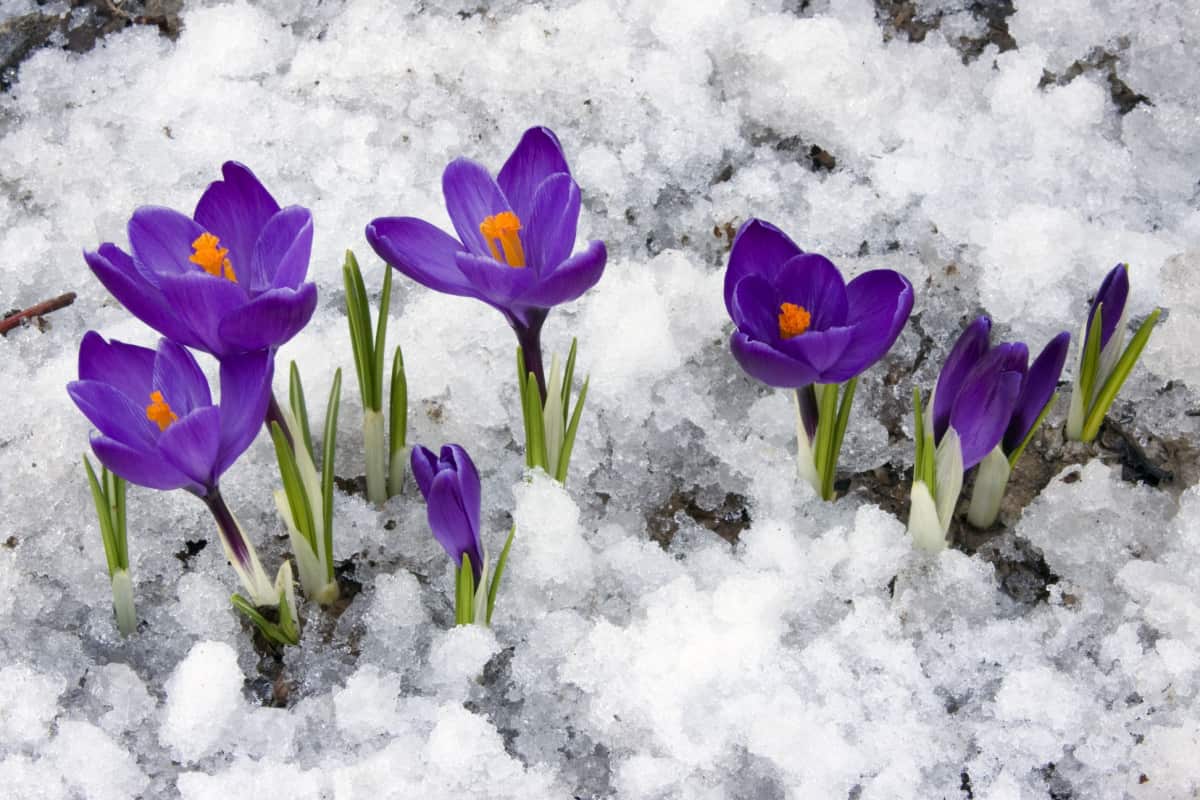
In this zone, your garden will experience extremely cold temperatures ranging from -60°F to -50°F.
Gardening in such extreme conditions might seem challenging, but with the right techniques and plant selection, you can successfully grow a variety of cold-hardy plants.
Challenges and Opportunities
The primary challenge of Zone 1 gardening is the extreme cold, which can result in damage to plants that aren't adapted to these conditions.
However, by choosing plants rated for Zone 1 or colder, you can ensure that your garden will thrive despite the harsh weather.
Plants such as arctic willow, Siberian pea shrub, and American cranberry are good choices for your Zone 1 garden.
Another challenge is the short growing season, with limited frost-free days in many areas. To make the most of your gardening time, consider using:
- Raised beds: These can help warm your soil more quickly, allowing you to plant earlier in the season.
- Cold frames or row covers: Utilize these structures to extend your growing season by providing additional protection from frost and cold temperatures.
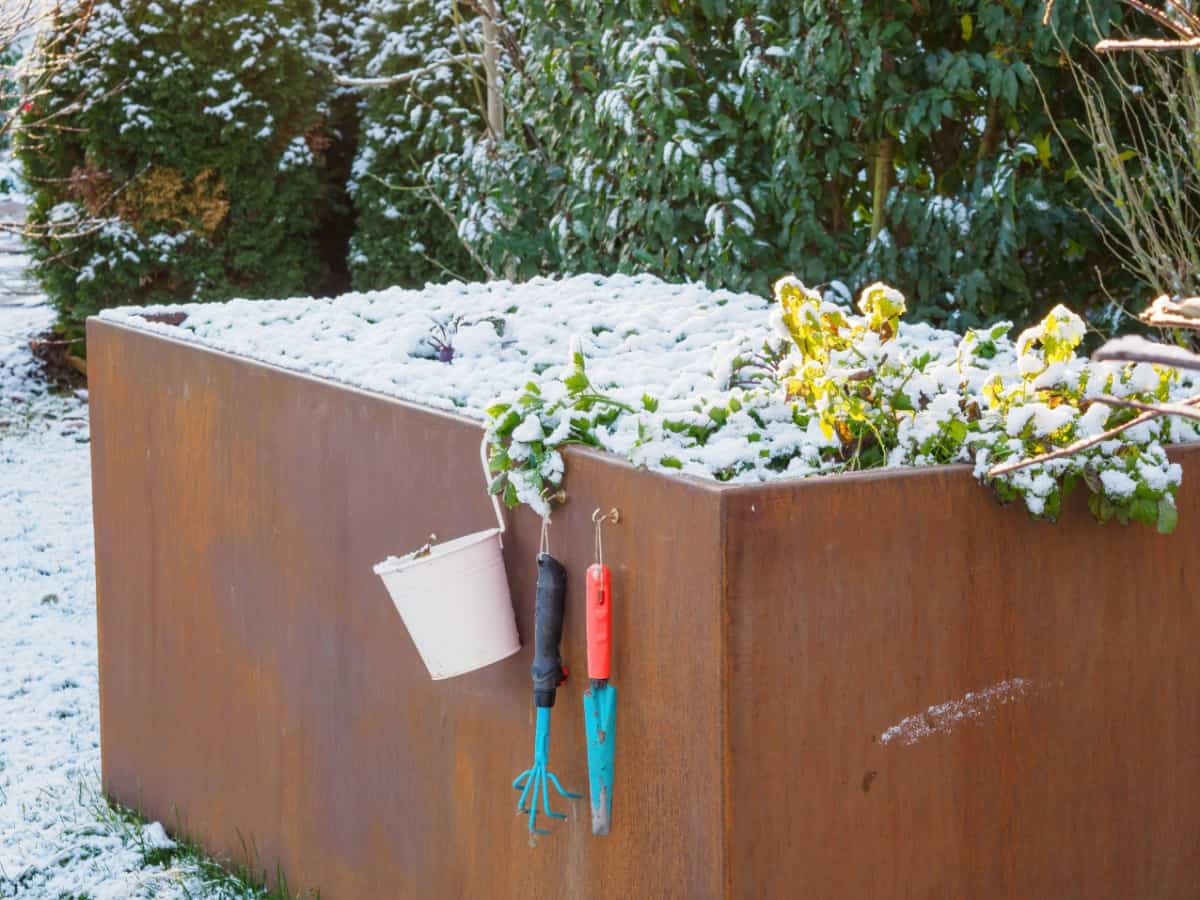
Zone 1 gardens also present unique opportunities.
The extreme cold can help reduce pests and diseases, allowing your plants to remain healthier throughout the growing season.
Additionally, you can explore lesser-known plants that thrive in cold climates, giving your garden a unique and diverse collection of plants.
Plant Selection for Zone 1
Living in Zone 1 means dealing with extremely cold temperatures, but don't let that discourage you from pursuing your gardening dreams.
Cold Hardy Vegetables
When choosing vegetables for Zone 1, focus on plants that can tolerate low temperatures and have a short growing season.
Some ideal options include:
- Kale: This leafy green is extremely hardy, and its flavor actually improves with a touch of frost.
- Spinach: Quick to grow and cold-resistant, spinach is an excellent choice for early spring and fall.
- Root vegetables: Carrots, parsnips, and beets are able to withstand cooler temperatures and are great for overwintering.

To give your vegetables the best chance at thriving, plant them in well-drained soil and provide them with at least 8 hours of direct sunlight each day.
Perennial Fruits and Berries
Despite the cold climate, there are several fruit and berry options that are well-suited for Zone 1 gardens:
- Raspberries: Cold hardy varieties like 'heritage' or 'fall gold' can grow well in Zone 1. Plant them in well-drained soil and provide a sunny spot for optimal growth.
- Currants: Both black and red currants are able to survive the cold temperatures found in Zone 1. They prefer slightly acidic soil and partial to full sun.
- Honeyberries (haskap): These tart, blueberry-like fruits can thrive in cold environments. They prefer well-drained soil and full sun.
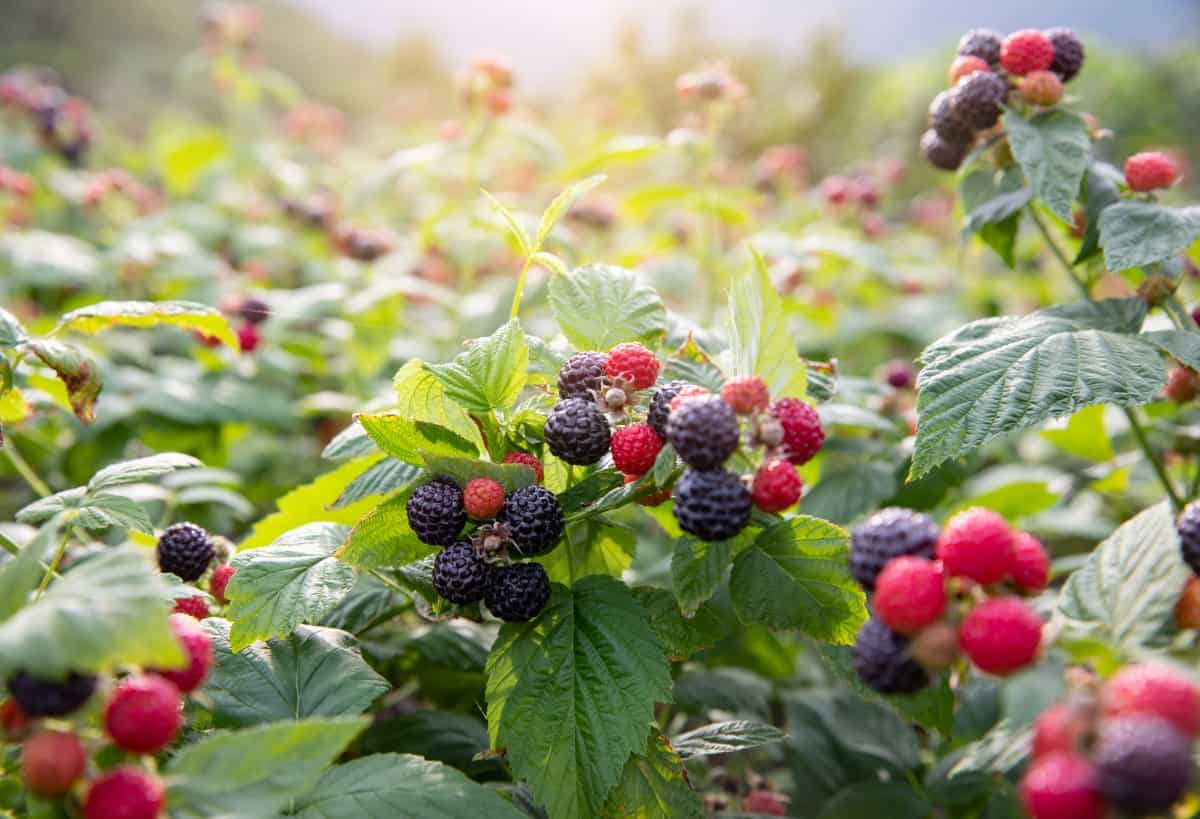
By focusing on cold-hardy vegetables and perennial fruits and berries, you can enjoy a bountiful harvest despite the challenging climate.
Soil Preparation Techniques
To give your plants the best chance of survival in Zone 1's extreme cold, start by focusing on your soil.
Incorporate organic matter like compost, straw, grass clippings, and chopped leaves into your garden soil, as this can help improve the soil's structure, water retention, and overall fertility.
Another effective soil preparation technique is to utilize cover crops, especially cold-hardy ones.
Winter wheat is perfect for Zone 1 as it can be sown in the fall and will grow resiliently even in colder temperatures.
This cover crop not only protects your soil from the harsh winter climate but also contributes to increased soil fertility and weed suppression.
Protective Strategies
When cold weather is expected, you need to employ protective strategies to shield your garden from the extreme cold.
One key method is to choose plants that are suitable for Zone 1's hardiness.
For example, select plants with a rating that falls within your zone or one zone colder to ensure their survival.
If you live in Hardiness Zone 1, choose plants that are rated for Zone 1 or even Zone 0, if available.
Follow a resource like the OSU Extension Service to find plants appropriate for your climate.
Cover your plants when frost or freeze warnings have been issued.
Opt for materials like frost protection fabric, blankets, or sheets over plastic coverings, as plastic can heat up like a greenhouse and potentially stress your plants.
Keep a close eye on the weather and remove the covering once temperatures rise above 32°F, preventing overheating during sunnier periods.
By proactively preparing your soil and employing protective strategies, you can help your garden not only survive but thrive in the extreme cold conditions of Zone 1.
Creating Microclimates
Creating microclimates in extremely cold environments like Zone 1 can help protect your plants and improve their growth.
Wind Barriers and Other Solutions
One effective technique is to set up wind barriers.
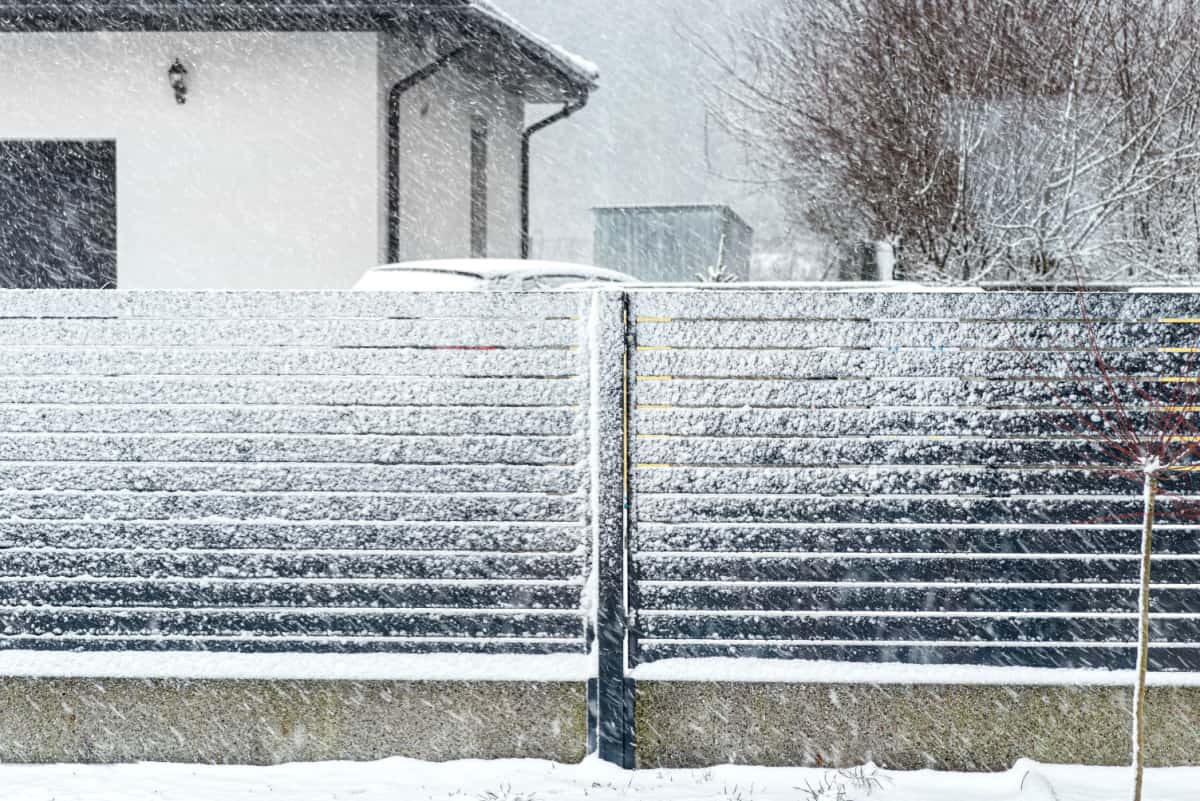
Planting trees or installing fences can break strong gusts of wind and reduce the wind chill factor.
As a result, the surrounding area will be slightly warmer, providing a more favorable environment for your plants.
You can also leverage structures and surfaces that absorb and release heat, such as rocks, walls, or paved paths.
By placing plants near these heat-absorbing surfaces, you'll create a microclimate that can protect them from extreme cold.
For example, you can plant frost-tender plants on the south side of a wall, as the warmth from the wall will provide an extra layer of protection.
Optimizing Sunlight Exposure
Another essential aspect of creating a microclimate in Zone 1 is optimizing your plants' exposure to sunlight.
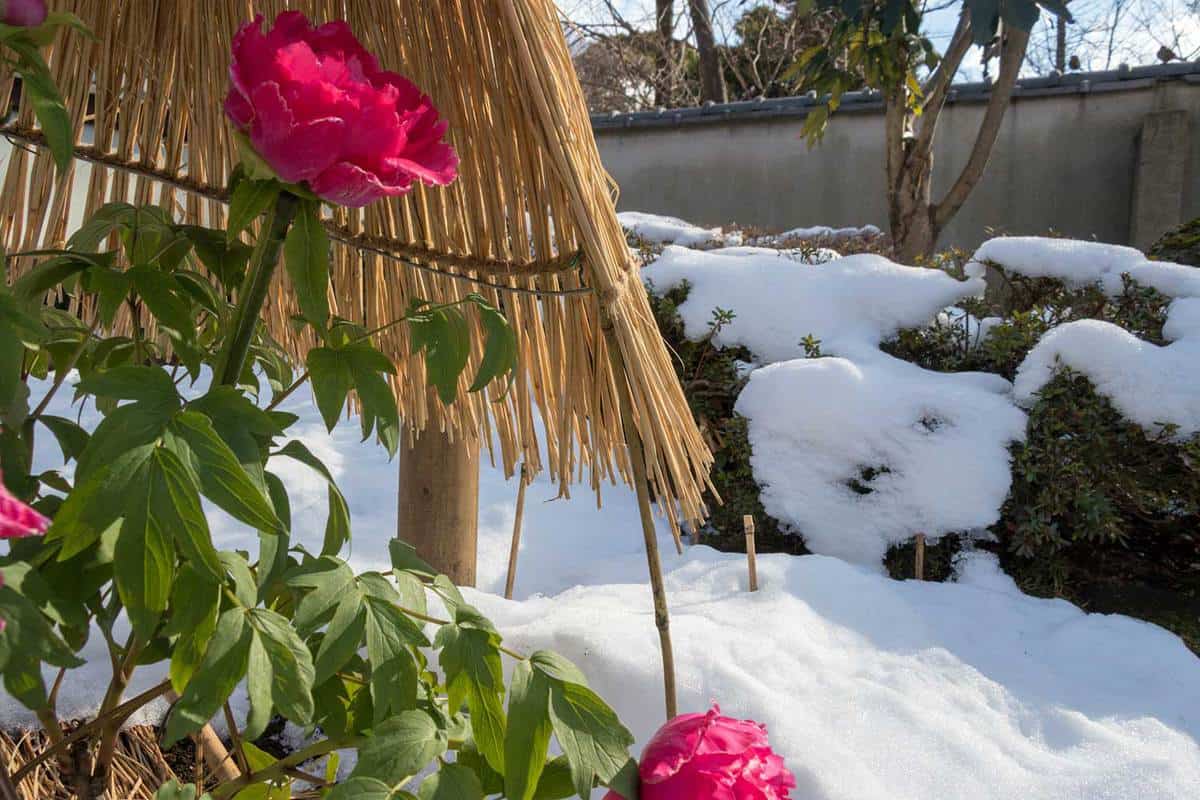
In the winter season, the sun is lower in the sky, casting longer shadows.
Take advantage of this by planting sun-loving plants on south-facing slopes or near south-facing walls.
This will allow them to receive as much sunlight as possible and stay warmer. Also, consider planting deciduous trees that lose their leaves in the fall.
This will provide shade in the summer and allow sunlight to reach the ground during the winter months, which can help create favorable conditions for early spring bulbs to bloom.
Water and Irrigation Practices
In Zone 1 gardening, where extreme cold is common, proper water and irrigation practices are essential for maintaining a successful garden.
To ensure your plants receive adequate moisture, consider the following tips:
Snow as a Water Source
Embrace the snow! It can provide a natural and slow-release water source for your plants as it melts.
Just make sure to clear excess snow and ice from around the base of your plants to prevent damage.
Mulching
Applying a layer of mulch to your garden helps retain soil moisture and insulate the ground, reducing frost damage to plant roots.
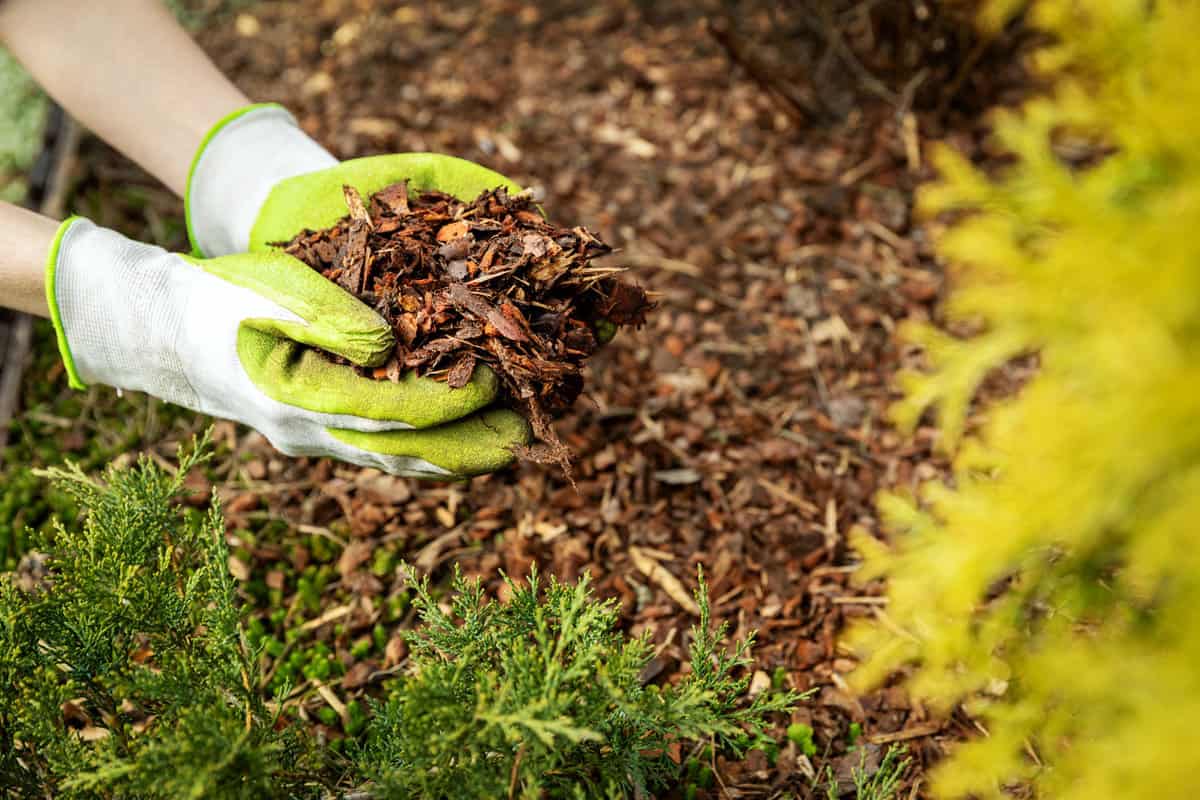
Organic mulches, such as leaves or straw, are great choices for cold climates.
Efficient Watering
To avoid wasting water and minimize evaporation loss, water your garden during the early morning or evening hours when temperatures are cooler.
Use a soaker hose or drip irrigation system to apply water directly to the root zone of your plants.
Pest Control in Cold Climates
Pest control can be more challenging in colder growing zones, but it's not impossible.
Here are some strategies to keep pests at bay in your Zone 1 garden:
Beneficial Insects
Even in cold climates, certain insects can help control pests by consuming or parasitizing them.
Ladybugs, predatory mites, and certain wasp species can be your allies in the fight against pests.
Encourage beneficial insects by planting flowers that attract them.
Floating Row Covers
Protect your plants from pests by using floating row covers.
These lightweight, breathable covers allow air, light, and moisture to pass through while keeping insects out.
Install them early in the season to keep pests from becoming established on your plants.
Regular Monitoring
Keep an eye on your garden and inspect plants regularly for signs of pests or diseases.
Early detection is key to successfully managing an infestation.
Ensure to remove any affected plants or plant parts to prevent the spread of pests and diseases.
With the right water and irrigation practices and effective pest control strategies, you can maintain a thriving garden even in the extreme cold of Zone 1.
Beating the Cold Weather
As you continue your gardening journey in the extreme cold of Zone 1, it's vital to remember the importance of making informed plant choices and using sustainable techniques.
Incorporating low or no-till methods into your gardening practices can help you protect and preserve your soil during the harsh winter months while also aiding plants in absorbing valuable nutrients.
By remaining flexible, adaptive, and informed, you can grow a beautiful garden that thrives even in the harshest conditions of Zone 1.
For more winter gardening tips, check out these other helpful articles:
